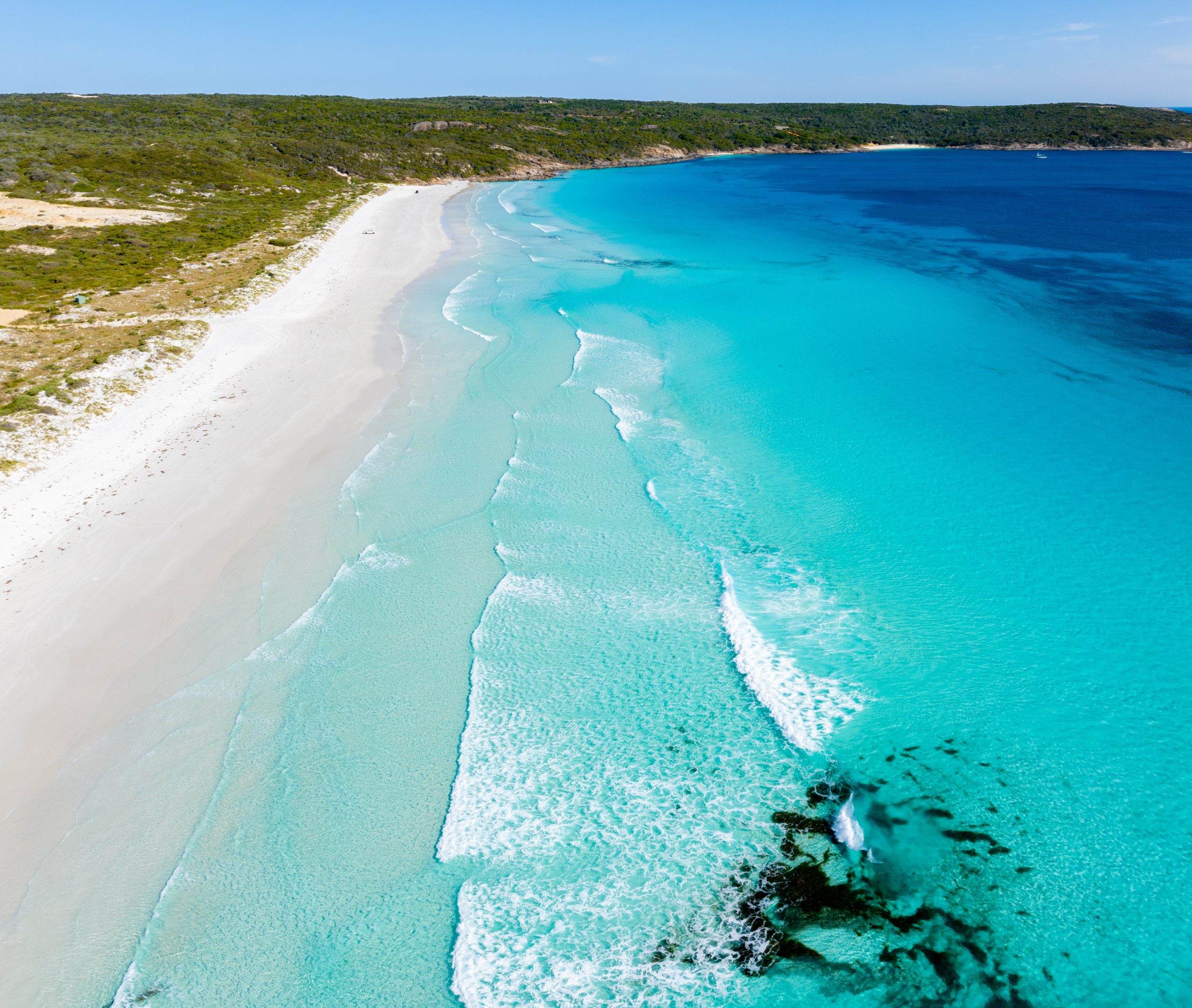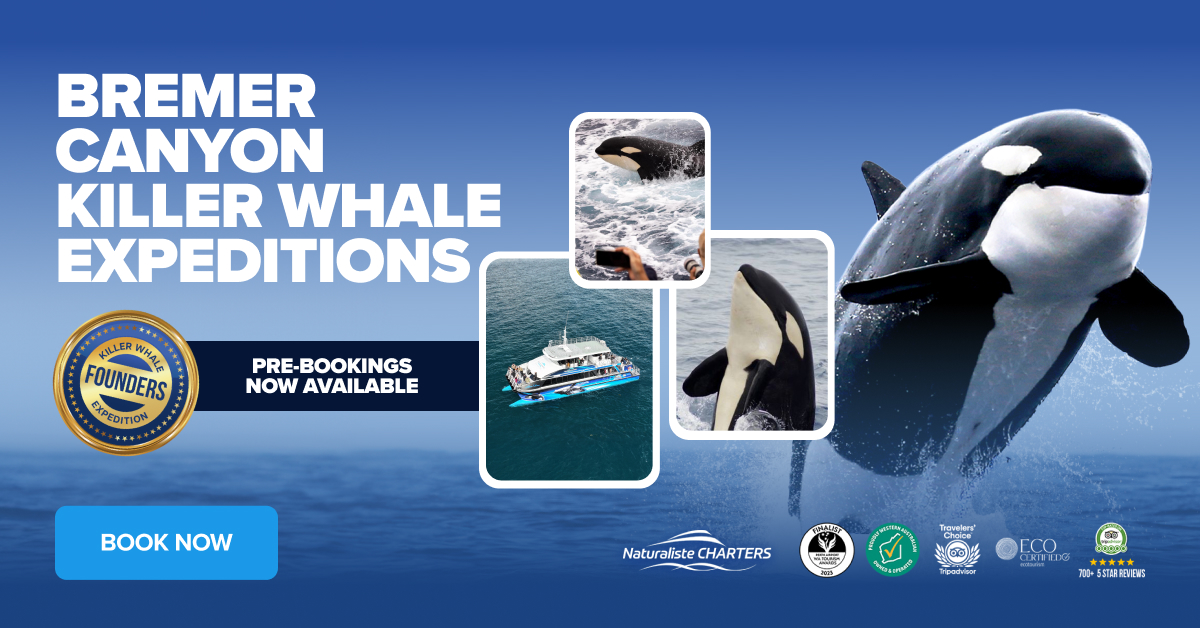Frequently Asked Questions About Humpback Whale Watching
Introduction
We often get asked questions about humpback whale behaviour, so here is a blog to help answer some of these and satisfy your curiosity! Whether you’re planning a trip to Augusta, Margaret River, Dunsborough, or Busselton, knowing when and where to see humpback whales can enhance your whale-watching experience.
When Can You See Whales in Augusta and Margaret River?
Whale migration commences around May each year, with the whales migrating north to warmer waters for calving season. Our Augusta Whale Watching Eco Tours run from late May to mid-August, twice daily. They depart from the Augusta Boat Harbour, which is a 43km, half-hour drive from Margaret River.
Whale migration starts around May each year as whales head north for the calving season. Our Augusta Whale Watching Eco Tours operate from late May to mid-August, twice daily. Departures are from the Augusta Boat Harbour, a 43km, half-hour drive from Margaret River.
When Can You See Whales in Dunsborough and Busselton?
Whale migration in a southerly direction occurs from mid-August to November. Our Dunsborough Whale Watching Tours leave twice daily from the Professional Fisherman’s Boat Ramp in Quindalup. Dunsborough is about 23-minute drive from Busselton.
What Is the Best Month to Go Whale Watching in the South West?
The best time to go whale watching in the South West of Western Australia is between late May and November. Tours leave from Augusta from late May to mid-August and from Dunsborough from mid-August to the end of November.
What Is the Whale Watching Capital of Australia?
The title of Whale Watching Capital of Australia is often contested. Hervey Bay in Queensland and Perth, Margaret River, and Dunsborough in Western Australia are top contenders due to the high number of whale sightings each season.
How and Where Do Whales Sleep?
Whales exhibit uni-hemispheric sleep, meaning they shut down half of their brain at a time. This allows them to continue breathing and remain aware of their surroundings. They typically sleep near the surface of the ocean.
What Time of Day Do Whales Breach Most and Wake Up?
Whales can breach at any time of the day, but early morning and late afternoon are often the best times to witness this spectacular behaviour. Whales do not have a set wake-up time as their sleep patterns differ significantly from land mammals. They rest intermittently throughout the day and night.
What Are the Chances of Seeing Whales While Humpback Whale Watching?
During peak migration season, the chances of seeing whales on a whale-watching tour are very high, often over 90%.
Is Whale Watching Worth It in the Rain?
Yes, whale watching can still be enjoyable in the rain. Whales are active regardless of the weather, and sometimes rain can create a dramatic and beautiful backdrop for viewing.
Where Is the Australian Whale Sanctuary?
The Australian Whale Sanctuary encompasses seven marine park networks:
- Coral Sea Marine Park
- Indian Ocean Territories
- North marine parks
- North-west marine parks
- South-east marine parks
- South-west marine parks
- Temperate East marine parks
These parks offer opportunities for wildlife watching, diving, boating, snorkelling, and fishing. They also support fishing and tourism industries, providing food and energy.
Where Do Whales Go in Winter Each Year?
In winter, several species of whales — including humpback whales, southern right whales, and blue whales — migrate north from the cold, nutrient-rich waters of Antarctica to warmer breeding grounds along the Australian coast.
Humpback whales
from the Group D (Western Australian population) travel thousands of kilometres to reach the Kimberley region in Western Australia, particularly the Camden Sound Marine Park, Montgomery Reef, and areas off Broome, which are important calving and mating grounds. These tropical waters provide a safe environment for giving birth and nurturing young calves, away from natural predators like orcas.
Southern right whales
tend to stay closer to the southern coastline, migrating to sheltered bays along the south coast of Western Australia, including Flinders Bay (Augusta), Israelite Bay, and Point Ann in Fitzgerald River National Park. These areas serve as key nursery grounds where mothers can rest and protect their calves in relative calm.
Blue whales
particularly the pygmy blue whale population, are believed to migrate from Antarctic feeding areas to deep offshore waters of the Perth Canyon, Ningaloo Reef, and parts of Indonesia’s Banda Sea, although their migratory paths are less understood and still being researched.
These migrations are driven by seasonal changes in food availability and water temperature. During summer, whales feed in Antarctica; in winter, they travel north to breed and give birth in warmer, safer waters.
Where Is the Best Place to See Whales in Perth?
Perth offers several whale-watching spots, including Hillarys Boat Harbour and Fremantle, with tours operating during the migration season.
What Is the Most Common Whale in Australia?
Humpback whales are the most common and are renowned for their spectacular behaviours, making them a highlight of the annual whale migration.
What Whales Are Nearly Extinct in Australian Waters?
Several whale species in Australian waters remain endangered or critically endangered due to historical whaling and ongoing environmental threats. While some populations are showing signs of recovery, others are still at serious risk of extinction.
Blue Whales
The blue whale, particularly the Antarctic subspecies, is one of the most endangered. Although the pygmy blue whale, which is more commonly seen off the Western Australian coast, is faring slightly better, overall numbers remain low. Blue whales were heavily targeted during the 20th century, and despite now being protected, they face ongoing threats from ship strikes, climate change, and noise pollution. They are occasionally sighted in areas such as the Perth Canyon and the Bonney Upwelling.
Southern Right Whale
The southern right whale has two distinct populations in Australian waters. The southwestern population, which visits areas like Augusta, Albany, and the Great Australian Bight, is showing a slow but steady recovery. In contrast, the eastern population, which historically migrated along the New South Wales and Queensland coastlines, is critically endangered, with estimates suggesting fewer than 300 individuals remain. Recovery has been much slower in this region, likely due to coastal development, increased vessel traffic, and a smaller initial post-whaling population.
Spade-Toothed Beaked Whale
The spade-toothed beaked whale is another species of serious concern. Though it has not been confirmed in Australian waters, similar deep-diving beaked whales such as Shepherd’s and True’s beaked whales have been recorded. These elusive whales are rarely seen and are particularly sensitive to underwater noise pollution from sonar and seismic activity. Because so little is known about them, they are listed as critically endangered or data deficient.
Other Species
Other whale species also considered at risk in Australian waters include the sei whale, which is rarely sighted and usually found in deep offshore waters; the fin whale, which has been reported more frequently in recent years but is still vulnerable due to its slow recovery; and the sperm whale, which, although protected, remains vulnerable due to its long lifespan, slow reproduction, and deep-water habitat preferences.
All these species are listed under Australia’s Environment Protection and Biodiversity Conservation Act 1999 (EPBC Act) and are monitored under international agreements such as the International Whaling Commission (IWC). Despite decades of protection, ongoing threats like climate change, habitat disturbance, plastic pollution, entanglement in fishing gear, and vessel strikes continue to impact the recovery of these majestic marine mammals.
Whale Watching Experiences In the South West of WA
Whale watching in the South West of Western Australia offers a unique and awe-inspiring experience, with peak viewing times from late May to November. Whether you are watching from Augusta, Margaret River, Dunsborough, or Busselton, you are sure to witness the magnificent migration and behaviours of humpback whales. With these FAQs, we hope to have answered your questions and piqued your curiosity about these incredible marine giants. Book your tour with Naturaliste Charters Whale Watching for an unforgettable adventure.
Need a rental car to help get you around? Then check out Turo who can assist with all your car rental needs.





